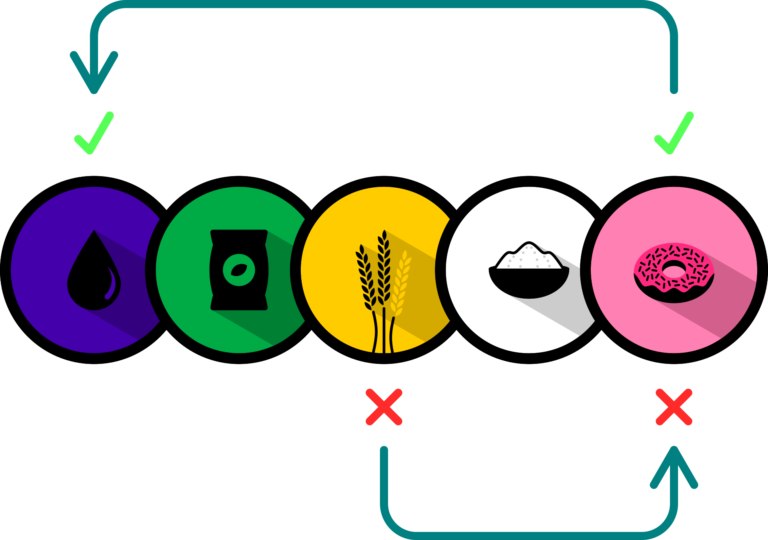When it comes to food safety, chain of custody is an important part of the process. But what is it exactly? Chain of custody is the definition given to the documented procedure for tracking food from its origin to its final destination.
It is a system used to ensure that food has been handled in a safe and secure manner and is free from contamination or adulteration. This blog post will provide a definition of a chain of custody in food safety and outline the process.
The process of chain of custody
Chain of custody is a process used to track the movement of food items from the time they are grown, harvested or manufactured until they reach the consumer. It’s an important part of food safety, as it ensures that the product has been handled correctly and meets all regulatory standards.
It starts with identifying the food item. This includes noting its type, origin, producer, expiration date, and any other relevant information. A document should be created and signed by the producer indicating that the product meets the necessary standards.
The food then travels along the chain through a series of handlers, such as distributors, manufacturers, transporters, retailers, and other stakeholders. Each handler is responsible for ensuring that the food is stored, handled, and transported in a way that meets food safety regulations. They must also keep records of their activities in order to demonstrate that they have fulfilled their duties.
Finally, when the food reaches the consumer, it must be rechecked to make sure that it has been handled properly. If it fails to meet standards, the source can be traced back to the handler or producer responsible. This allows food safety authorities to take action to prevent further contamination or mislabeling.
Chain of custody is an important part of ensuring that food is safe to eat. Documenting and tracking each step of a product’s journey, it helps to ensure that all food products are handled properly and meet all safety requirements.
Difference from traceability in food safety
Traceability and chain of custody are two important concepts in food safety. Both concepts identify and track the movement of food products throughout the supply chain.
Traceability is a system that allows food producers and distributors to trace the movement of their products from farm to fork. This system helps to identify and locate the source of any problems with food safety. Traceability enables food companies to quickly and accurately identify the source of contaminated products, allowing them to take corrective action and limit liability.
On the other hand, it is a procedure used to maintain an accurate record of the handling and storage of food products as they move through the supply chain. The chain of custody helps to ensure that the food product is not contaminated or mishandled during its journey from the manufacturer to the consumer. It also helps to ensure that the products are properly stored and handled in accordance with applicable regulations.
The main difference between traceability and chain of custody is that traceability focuses on identifying the source of contaminated products, while chain of custody focuses on maintaining accurate records of the handling and storage of food products as they move through the supply chain. Traceability allows food companies to quickly and accurately identify any potential problems with food safety, while chain of custody helps to ensure that food products are properly handled and stored throughout their journey.
